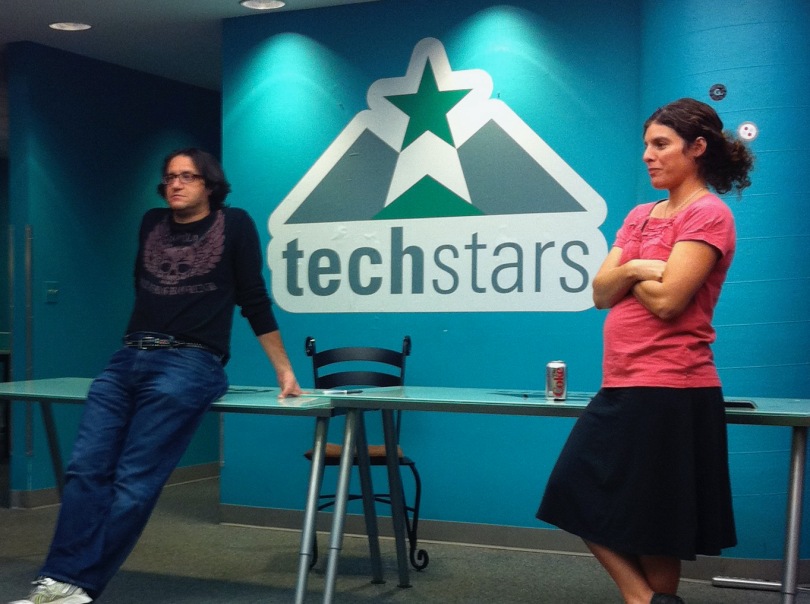I’ve recently worked with 2 different companies who are struggling. In trying to help diagnose the issue, I talked to a handful of people (board, leadership team, employees, etc), and when asked “in your own words, tell me what the vision of the company is” – I heard surprisingly different answers.
We all know how important vision is – in fact, we know it so well that we dismiss it. “Yeah yeah yeah, it’s table stakes, we did that already at last year’s offsite… don’t tell me about how important vision is.”
Yet vision itself is important only to the extent that:
- You have one (obviously)
- Others know specifically what it is (communicated);
- It can’t be interpreted any other way (clarity), and
- That people on the team are 100% bought into it, emotionally (alignment).
This is where I see a lot of companies go wrong – you need all 4. Ironclad. Founders invest in the vision, but not in the other 3 steps, and eventually, things go sideways for them. Let’s break it down.
You have a vision
I’m not going to spend a lot of time here because there have been entire books written about the subject. Just know that it’s not the same thing as your marketing tagline. It’s a rallying cry, it’s your ‘why’, it’s the reason your employees want to work for you and the reason you get up in the morning. Nietzsche famously said, “He who has a why to live can bear almost any how”. By the way, profits are not a good rallying cry. Numbers, generally, are not. Also know that your vision is not your ‘how’, how specifically you’re going to accomplish your why. Your “how” is very necessary as well, and needs the following elements too, but that’s for another blog post.
Now if you don’t have a vision yet, it’s okay, you’re exploring, discovering. Try not to succumb to the temptation to raise capital at this stage, it’s fundamentally misaligned with discovery (and that is yet again fodder for another blog post).
You’ve communicated it with others
Everyone, and I mean everyone, in the company should know what the vision of the company is. Nearly verbatim. The board, the leadership team, the new hires and interns. People should be able to state it, within a couple of word difference, upon demand. It should be easy to say and easy to memorize, and you should repeat it ALL THE TIME. An exercise once a year doesn’t cut it. Consider every offsite, every board meeting, every all hands – there is a lot of places to repeat your rallying cry to ensure it’s etched in stone.
This is very easy to test by the way, but it can’t be done in a way that gives people the chance to look up the answer, or if they get the wrong answer, they’re in trouble. If you’re in-person, get an advisor or friend of the company to walk around and ask people what the vision is. Have this person keep track of how many seem on point vs off track. It doesn’t need to be super scientific. Or if you’re on Zoom, there’s a quiz feature that allows for short answers – the goal is to not give people enough time to go look it up, and done in a way that people don’t feel threatened. Zoom is nice because you can see how off people are. Remember, deviations aren’t their fault, they are yours. Re-train.
Clarity: It can’t be interpreted any other way.
You would be shocked at how different interpretations can be, and when people think it means something different, then people aren’t working towards the same goal. It’s almost the same thing as not having a vision in the first place.
Again, the test here is pretty easy, just ask! At your next allhands, ask everyone to come up with various interpretations to the vision. Give an award for the craziest interpretation – make the object of the game to INVENT interpretations, so people don’t feel threatened. Then edit the vision statement as necessary to improve clarity.
Alignment: people are emotionally bought in
This one is the silent killer. Do people really buy in to your vision? How do you know? Just because they’re not debating or not pushing back, doesn’t mean they’re bought in. Whenever people aren’t debating, I’ve found it means one of three things:
- They agree. IMHO I find this case the least likely of the options, yet CEOs think it’s the most common. Beware.
- People disagree but they aren’t pushing back and helping you refine it because they don’t feel safe to disagree with the boss. This causes much bigger issues in the company beyond vision.
- They disagree, they’ve told you so, they don’t think you’ve listened, or don’t care, they think you’re wrong and aren’t ‘disagreeing and committing’. They are going to do it their own way, your way be damned. Or they’re going to do it your way, but do it half-assed, so that mistakes abound.
This one is much harder to test becaues people won’t readily admit to it, and once you’re far down the road on issue 2 or 3, it’s hard to repair. The best way to avoid this fate is to start early, ask often, remember people’s concerns so that when you’re wrong and they’re right, YOU say so and not them, and ask people to disagree and commit. A good tactic for this is the Fist of Five, where everyone, simultaneously, votes with their fingers a score between 1-5, where 1 is “hell no, this is a freaking mistake”, 3 is “maybe, I need more info”, and 5 is “hell yeah, let’s do this”.
Without communication, clarity, or alignment, your vision is merely hallucination (thanks to Gino Wickman for that little nugget). People always seem to focus on the vision, that’s where they put their greatest attention. But remember you aren’t done once the vision is decided. It then needs to be communicated effectively, without room for interpretation, and people need to be bought in. From there, THEN you focus on how to execute the vision. Otherwise the time you spent on vision is wasted and it will have little to do with outcome of the company.
If the company is struggling generally and you’re having a hard time putting your finger on why, run through the above exercises to rule out murky vision and alignment as the reason why.
Now go thee and conquer!










